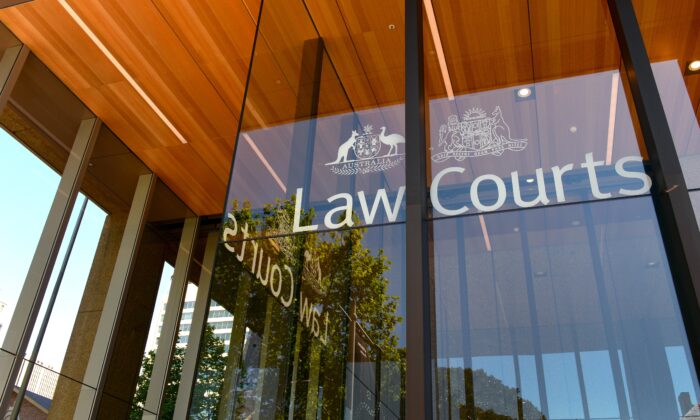Litigation funding companies and law firms have claimed over 40 percent of the money awarded to class action litigants between 2009 and 2020, totaling nearly $1 billion. A recent report by the Menzies Research Centre reveals that the increase in class actions pursued on a “no win, no fee” basis with the backing of litigation funders has resulted in plaintiffs receiving a significantly reduced portion of their awarded damages.
During the specified period, 41 class actions supported by litigation funders were settled in Australia, amounting to $2.389 billion. Of this sum, lawyers received $341.84 million in fees and charges, while litigation funders, who essentially bet on a successful outcome to recover their expenses and make a profit, received $642.63 million. This left plaintiffs with nearly a billion dollars less than they were entitled to.
Currently, litigation funders can swiftly initiate a class action after identifying a representative plaintiff, anticipating a contingency fee upon settlement. When potential class action claimants believe they can gather at least six individuals with similar claims, they can commence legal proceedings.
Despite the prohibition of contingency fees across Australia, except for class actions in the Federal Court and the Victorian Supreme Court, these jurisdictions have become prime targets for litigation funders. Approximately 22 funders operate in the country, with 14 being foreign-owned. The sector is largely controlled by four companies that generate about 70 percent of total revenue.
Australia now ranks second globally in terms of class actions per capita, trailing only the United States. The industry of funding lawsuits has become a highly profitable investment, with a compound annual growth rate of 9.6 percent from 2019 to 2024, reaching an estimated revenue of $199.3 million. This growth rate is four times higher than that of the mining industry.
The Menzies Centre highlights that Omni Bridgeway and LCM, among others, have achieved substantial returns from recent class actions. Moreover, a small number of law firms in Australia are responsible for the majority of class action cases, with just seven firms bringing over half of all such claims in the last financial year.
Conflicts can arise between lawyers, litigation funders, and class members in various scenarios, including pressure for early settlements to secure returns rather than risk the “no win, no fee” aspect. Despite recent regulatory changes, there is currently no legislation in Australia limiting the fees that funders can charge, leading to concerns about transparency and accountability in the sector.
In conclusion, the prevalence of class actions supported by litigation funders has reshaped the legal landscape in Australia, with significant implications for plaintiffs, lawyers, and the overall justice system. Can you please rewrite this sentence?
Source link





